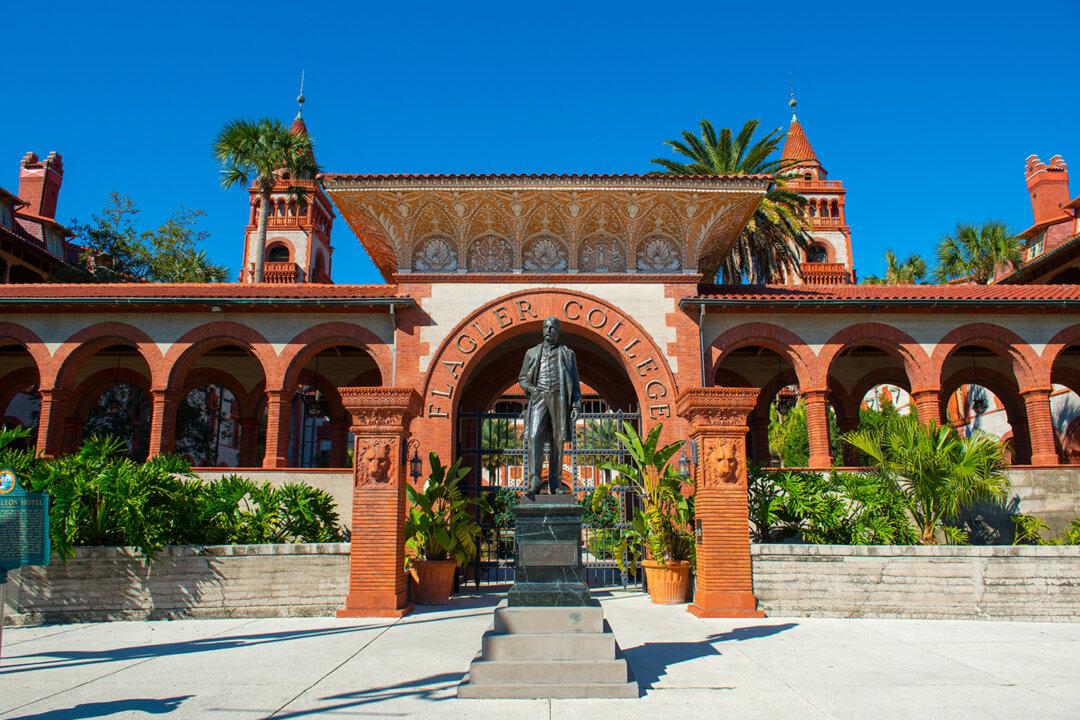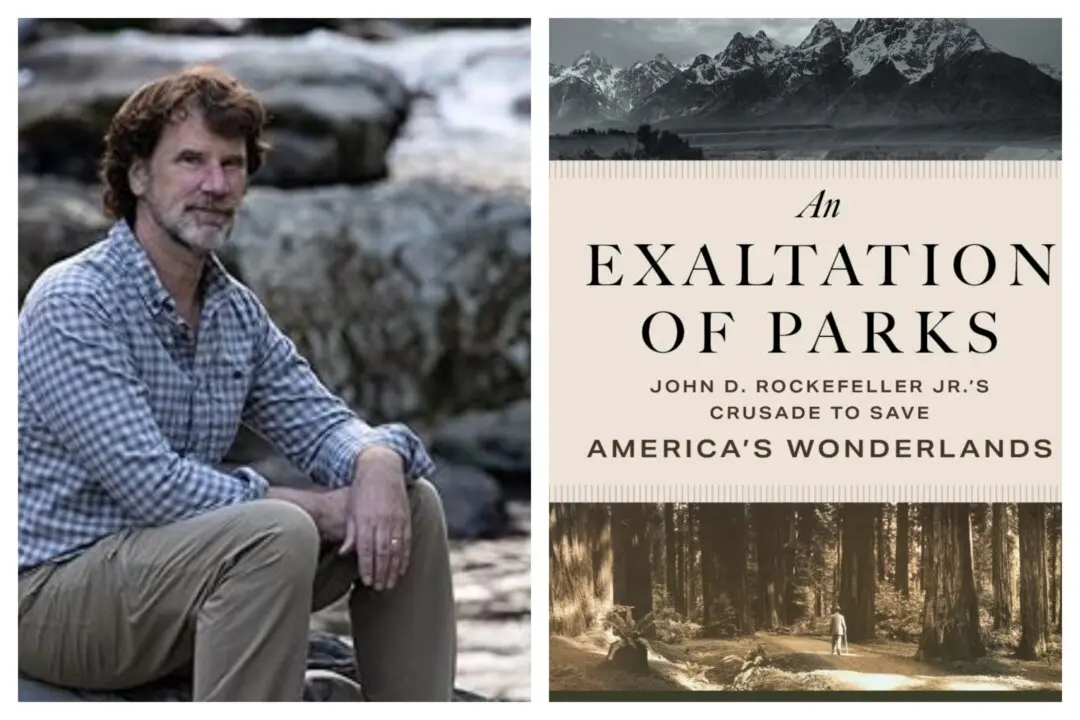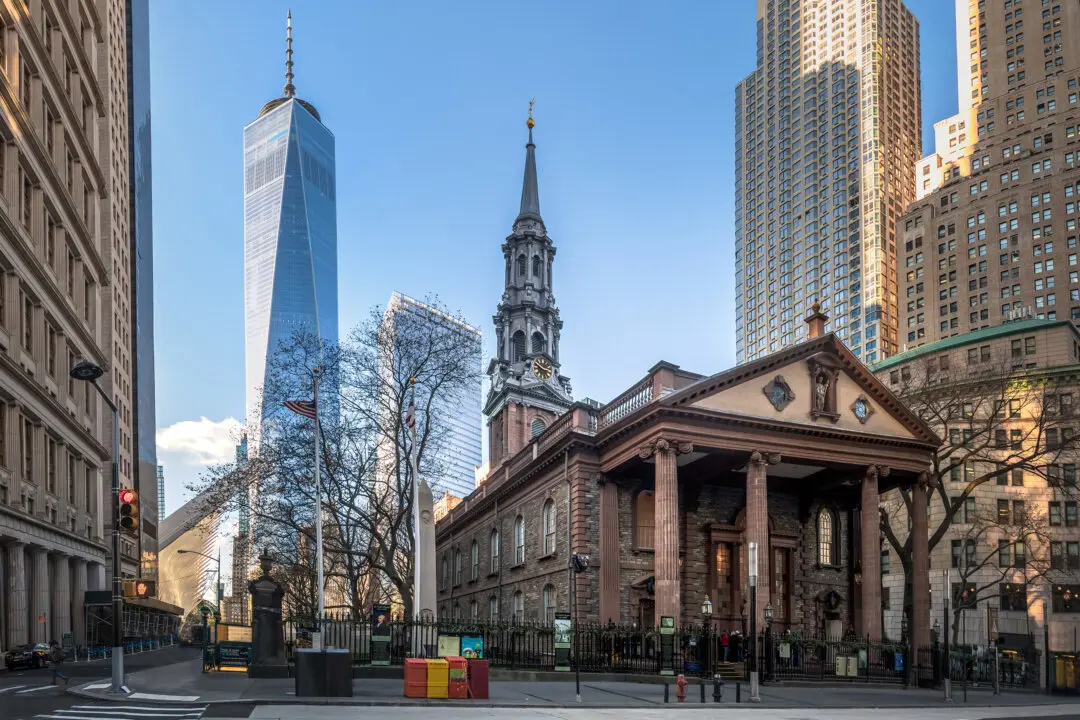Once a premier hotel in America’s oldest city, the late 19th-century Hotel Ponce de Leon in St. Augustine, Florida, became the centerpiece of Flagler College in 1968. Since Florida was originally settled by the Spanish, after explorer Juan Ponce de León claimed the land in 1513, the region’s architectural style primarily included stucco siding, arches, and low-pitched, terracotta tiled roofs. In fact, Spanish architecture still dominates the state’s historic city.
When Henry Flagler (1830–1913), co-founder of Standard Oil and one of the wealthiest U.S. industrialists, decided to build a Spanish Renaissance-style hotel in St. Augustine, he employed the New York City architectural partnership firm of John Carrère and Thomas Hastings. The architectural style is defined not only by traditional Spanish design but also by the incorporation of classical Greek and Roman elements.





